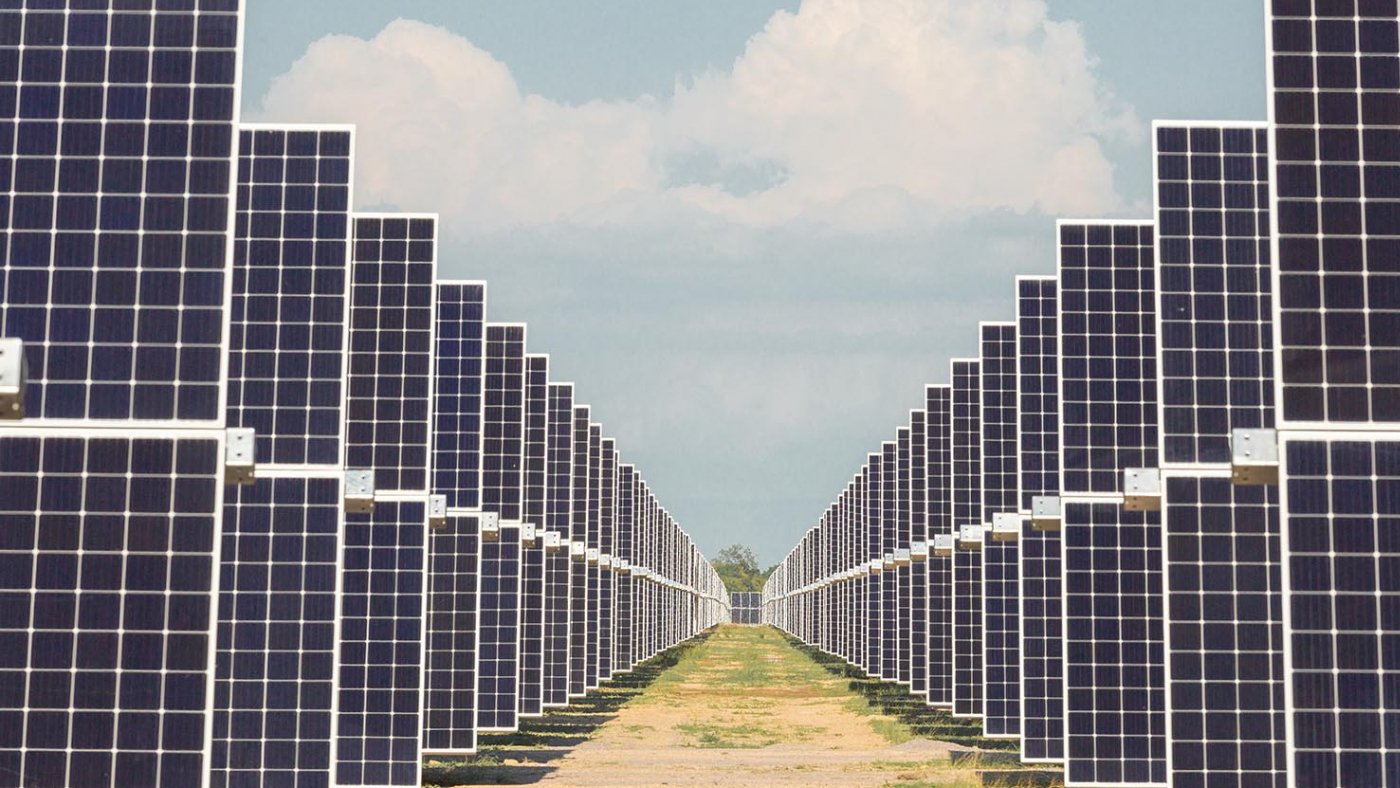Bifacial solar panels with HJT technology are now being favored due to their faster payback compared to traditional crystalline silicon panels which are nearing their maximum efficiency limit.
What are bifacial solar panels used for?
Bifacial panels can capture light on both sides, allowing them to absorb both direct sunlight and reflected light from nearby surfaces, unlike traditional solar panels.
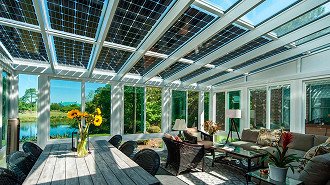
Three categories are identified based on the material of the opposite side: glass/glass, glass/transparent sheet, and opaque glass/sheet. The initial option is considered the most effective and durable, yet it is also the priciest and heaviest, leading to a decrease in its popularity.
The most recent advancement in bifacial technology
The most recent bifacial modules utilize heterojunction technology (HJT) that combines two distinct semiconductor materials: crystalline silicon and amorphous silicon. This innovative type of solar cell involves applying a layer of amorphous silicon on both sides of a crystalline silicon cell to form a heterojunction.
Amorphous silicon has a broader bandgap compared to crystalline silicon, enabling the efficient capture of high-energy photons. Combining both types in a heterojunction enhances light absorption and minimizes efficiency losses from electronic recombination.
The HJT panels were first created by Sanyo, a Japanese company that is now owned by Panasonic, in the 1980s. Other manufacturers have since embraced and enhanced this technology for commercial use, lessening the reliance of the solar industry on materials like silver.
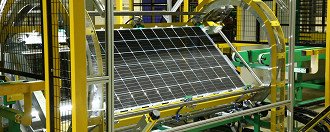
Modules that are more long-lasting
The HJT cell in modern modules features a balanced front and rear design, boosting the energy output from the back by 30% and resulting in quicker payback of the substantial installation expenses associated with bifacial panels.
The new Two-sided HJT modules experience reduced degradation and are more resistant to high temperatures compared to standard solar panels, enabling manufacturers to provide warranties lasting for many years.
In what situations are they helpful?
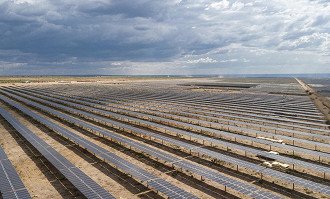
Bifacial solar panels of the new generation are beneficial in high-latitude regions with low sunlight angles to capture reflected light from surfaces like snow. They are also advantageous in areas with high reflectivity, such as desert sand or white roofing on large industrial or commercial structures.
Bifacial panels can be utilized in agriculture, benefiting crops by allowing sunlight to pass through the glass. They can also be placed on large bodies of water to utilize reflected light and shield them from increasing temperatures.
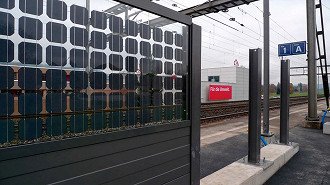
Bifacial panels are promoted as a replacement for awnings and pergolas to offer shade. However, they are more suitable for public applications in vertical setups like canopies, bridges, building exteriors, and noise barriers along roads when they are more effective.


